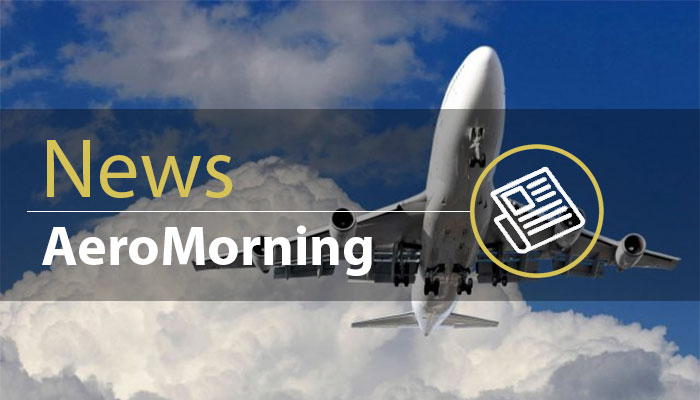Riyadh, 26th November 2024: The General Authority of Civil Aviation of Saudi Arabia (GACA) will attend the African Aviation Commission’s 35th Plenary in the Republic of Congo between the 26th and 29th of November with a delegation headed by Mr. Ali Rajab, Executive Vice President of Air Transport & International Cooperation.
The GACA delegation will showcase key achievements of the Saudi Aviation Strategy which aims to unlock $100 billion of investment opportunities, triple annual passenger numbers to 330 million and connect the Kingdom to 250 destinations by 2030. In assessing current key performance figures towards Vision 2030, the Saudi Aviation Strategy has driven a 15% increase in progress to 94 million in nine months to September 2024, with a 10% increase on flights in 2023.
As part of its participation, GACA will also highlight the Saudi Civil Aviation Environmental Sustainability Program (CAESP), a key initiative aimed at advancing sustainable aviation practices. This program underscores Saudi Arabia’s commitment to reducing the environmental footprint of its aviation sector while aligning with global sustainability goals.
“Africa and Saudia Arabia have long enjoyed important economic and cultural connections which are being maintained and strengthened through the Saudi Aviation Strategy. The Kingdom has strategic aviation investments throughout Africa linked to improving safety and security, while supporting increasing passenger and cargo movements into Saudi Arabia.” Mr. Ali Rajab said.
As a key market for the Kingdom, passenger traffic between Saudi Arabia and Africa for the first eight months of 2024 surpassed 12.5 million passengers, which represents a 23 per cent increase for the same period in 2023.
The African Aviation Commission 35th Plenary is expected to attract around 500 visitors from over 55 countries, with over 50 aviation, finance, technology and educational participating companies.









Be the first to comment on "GACA To Attend 35th Plenary Of African Aviation Commission To Showcase The Successes Of The Saudi Aviation Strategy"